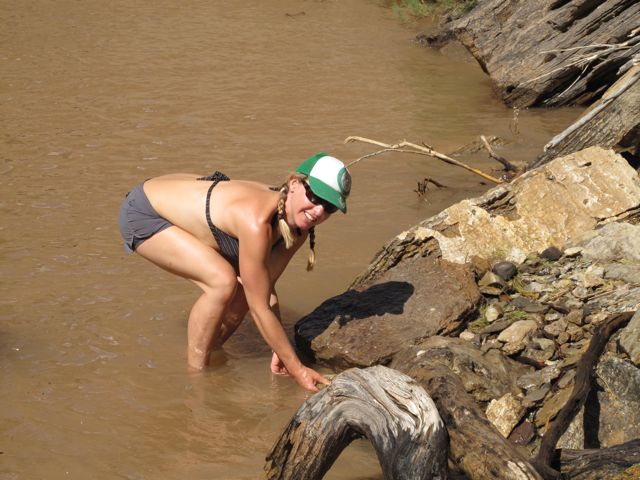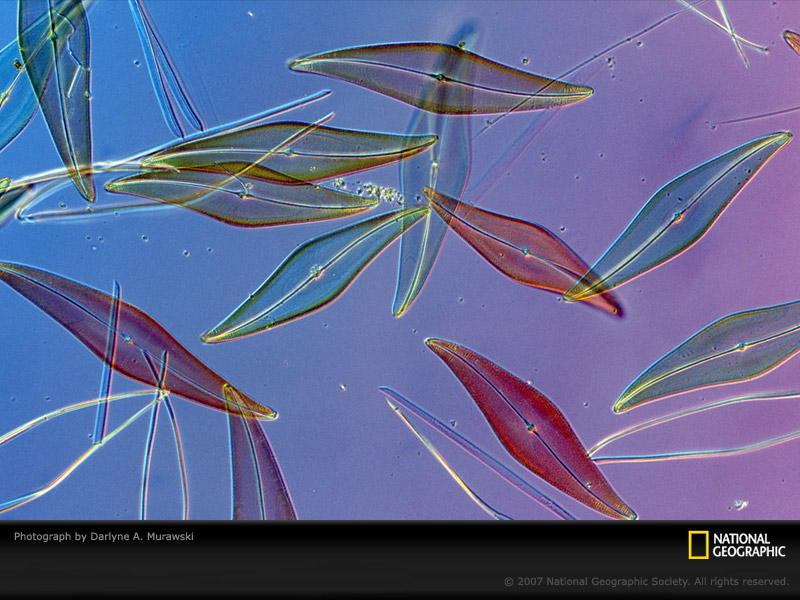River Diatom Study
Volunteers visited the Indian Subcontinent (India, Pakistan, Bangladesh, Nepal, Bhutan, and Sri Lanka)
Note: This video was designed for more of a front country collection, we can easily adapt the protocol to make this work in the backcountry.
Why Study Diatoms?
Diatoms are microscopic algae that grow in all wet habitats ranging from oceans to lakes to rivers to the wet bark of trees. Diatoms are one of the key organisms for understanding the biological evolution with respect to geological evolution of the Indian subcontinent. Furthermore, diatoms are used as indicators of past and present environmental conditions and can be useful in determining water quality. Above all, diatoms of the Indian subcontinent are poorly known, there are thousands and thousands of species are yet to to be discovered.

Volunteer collected a diatom sample.

A selection of diatoms under a microscope.
How Can You Participate?
How will these data be used?
Samples collected in this project will be used in the exploration of diatom diversity of the Indian subcontinent.
